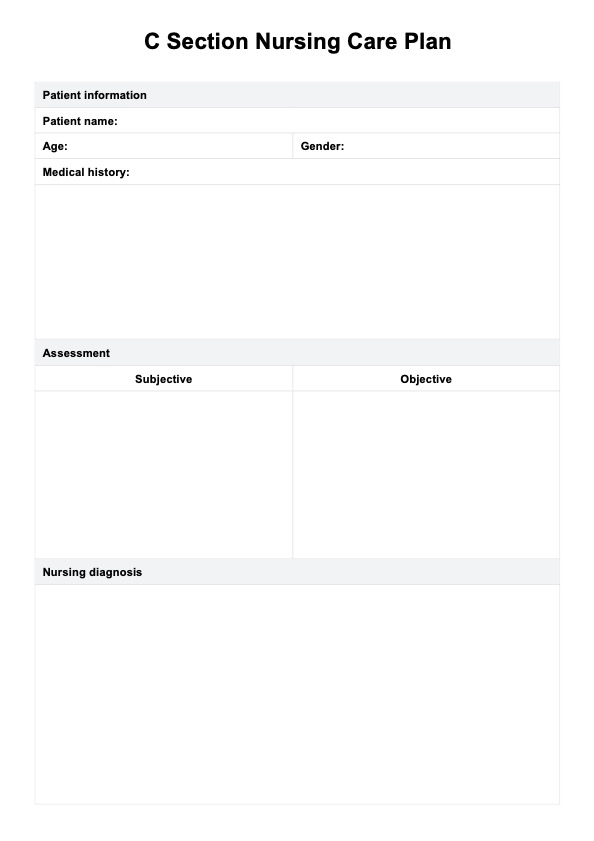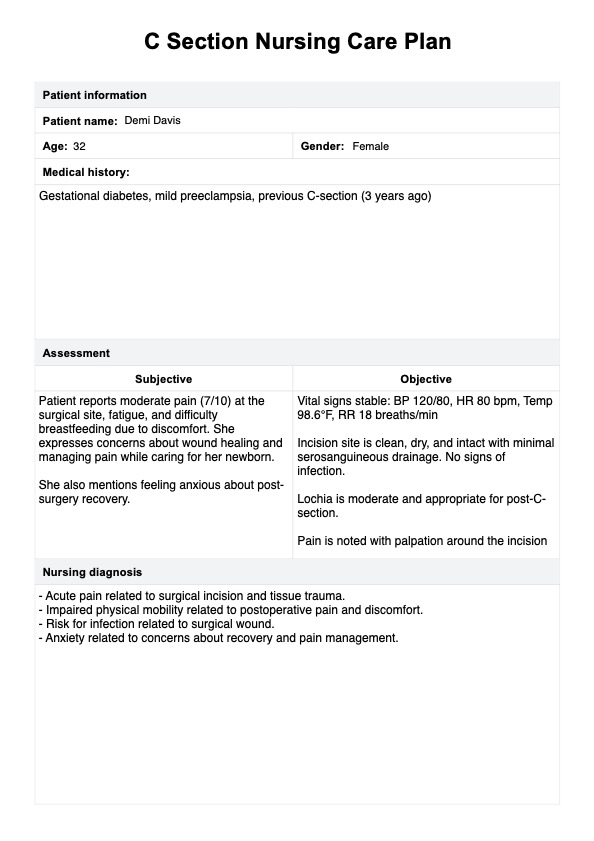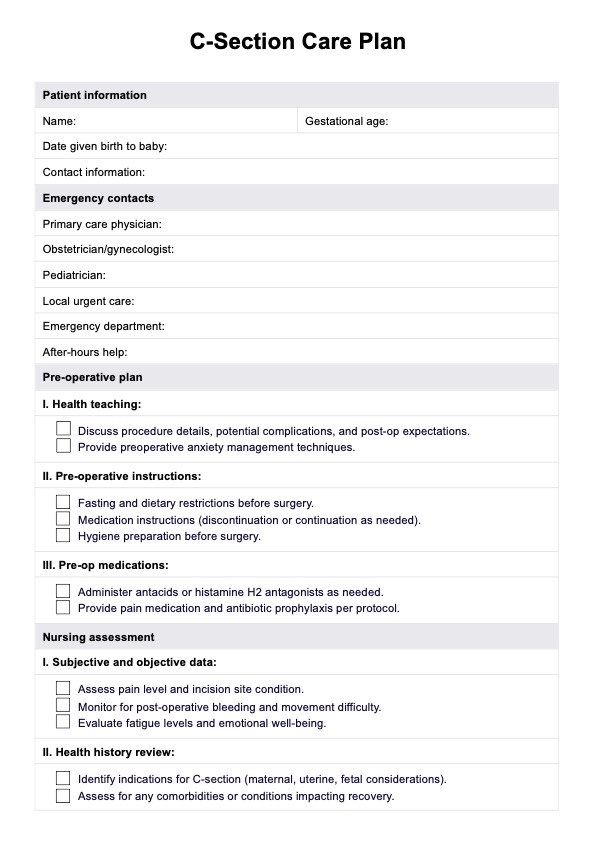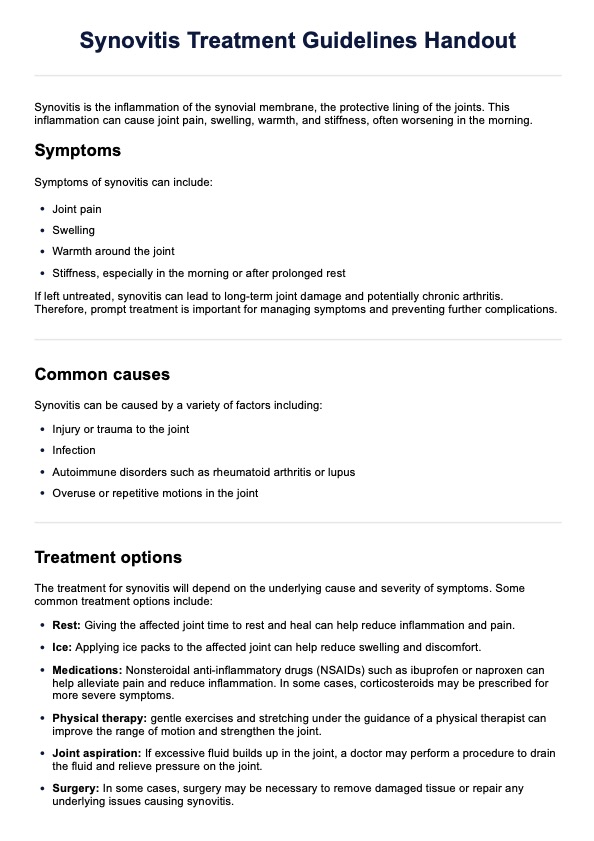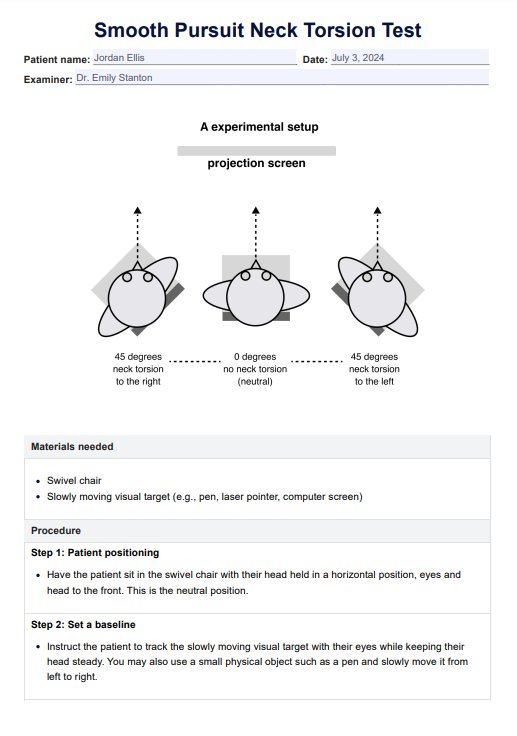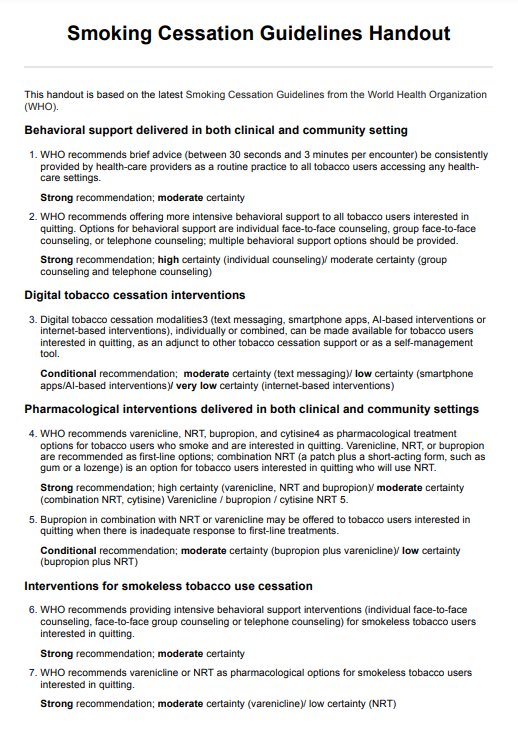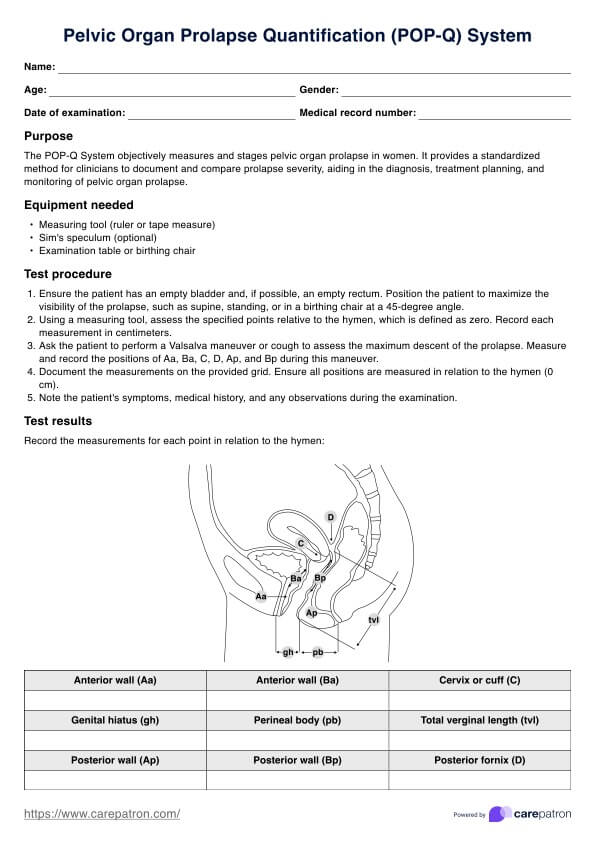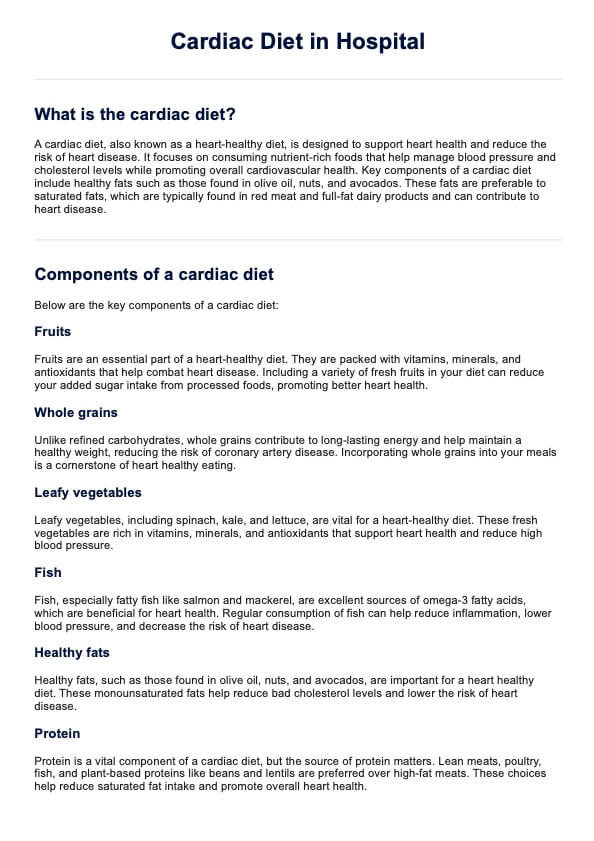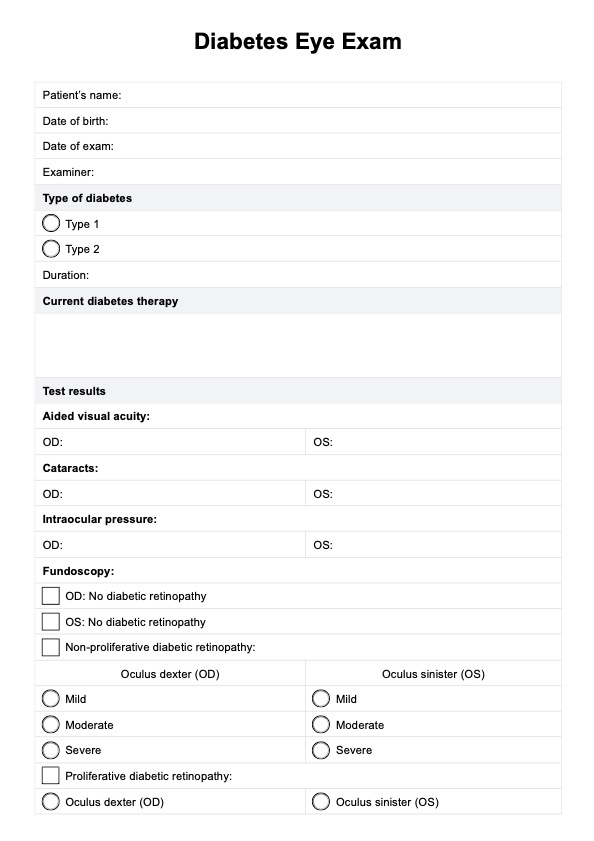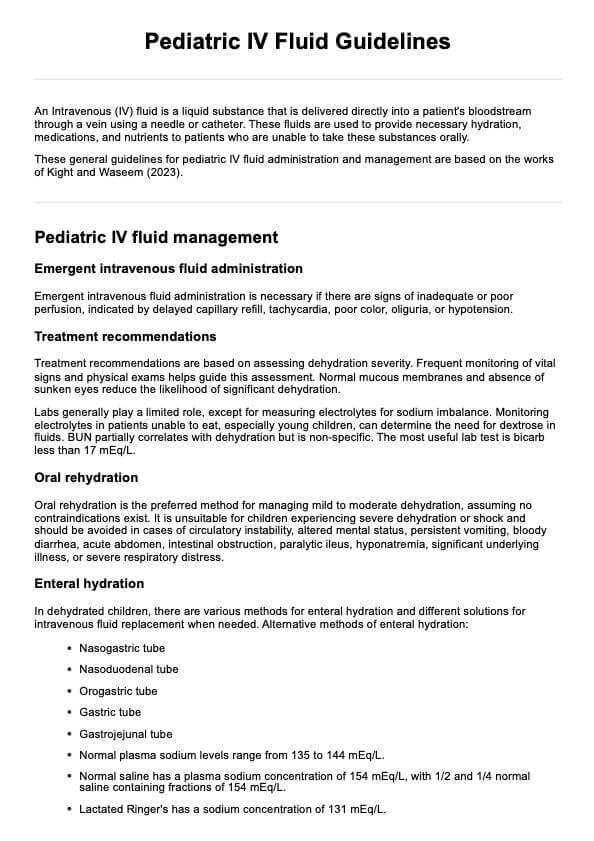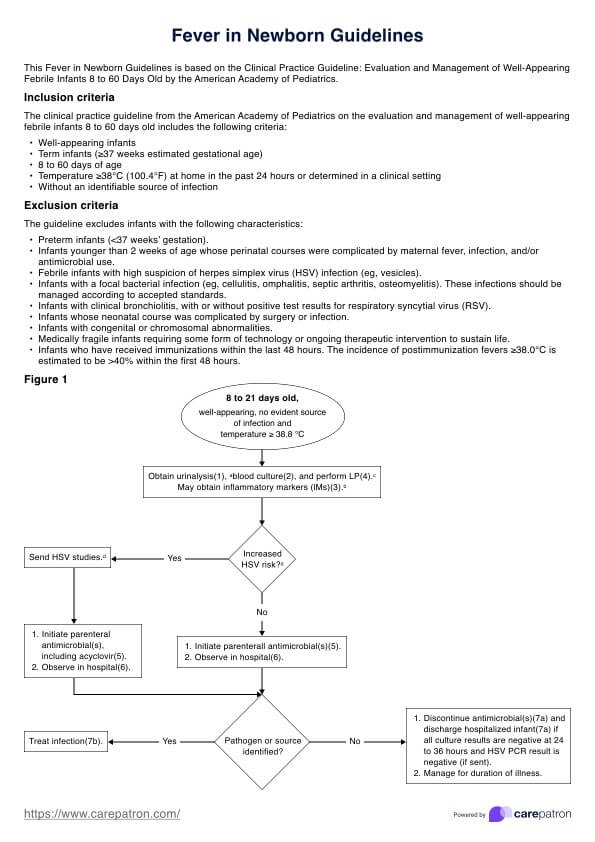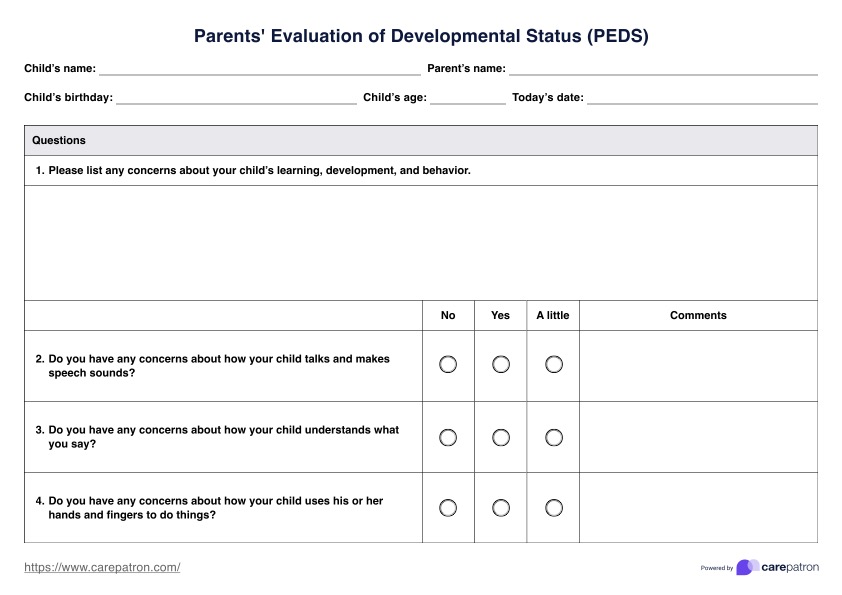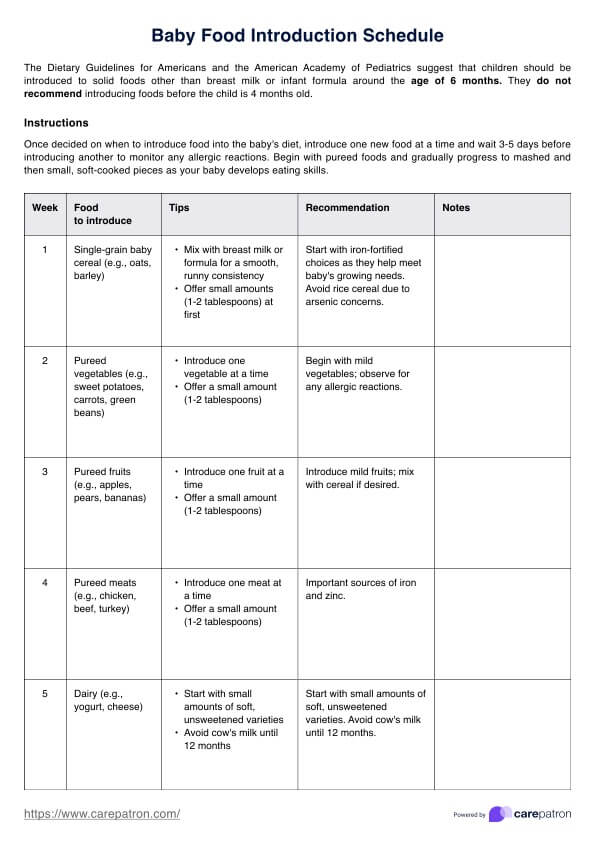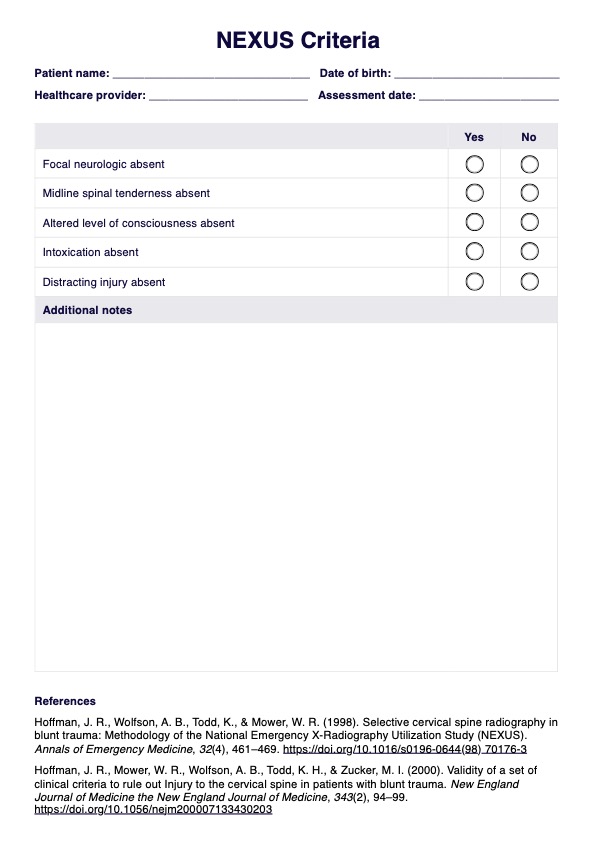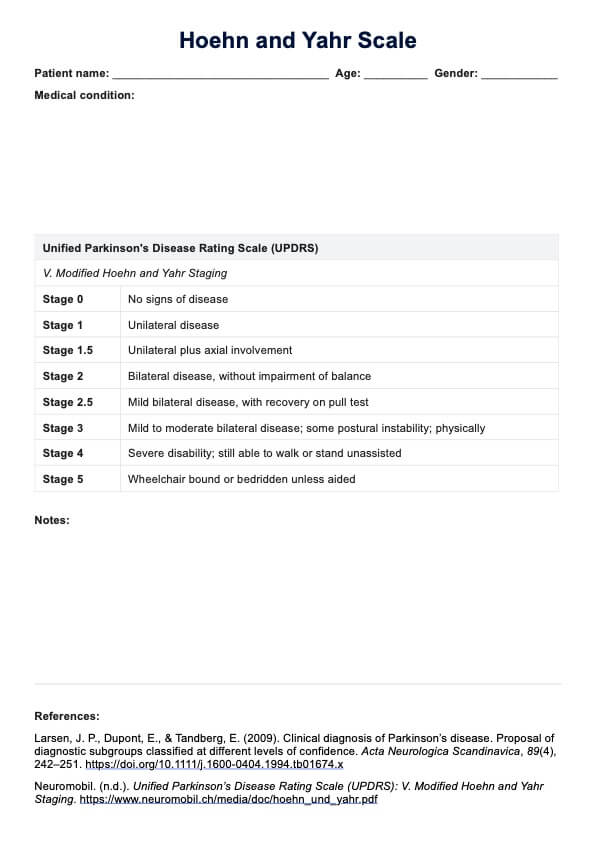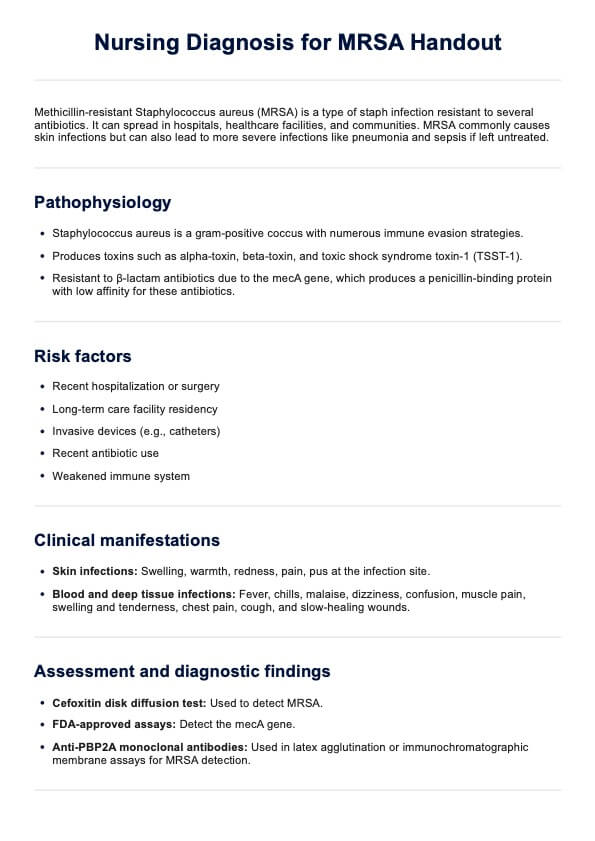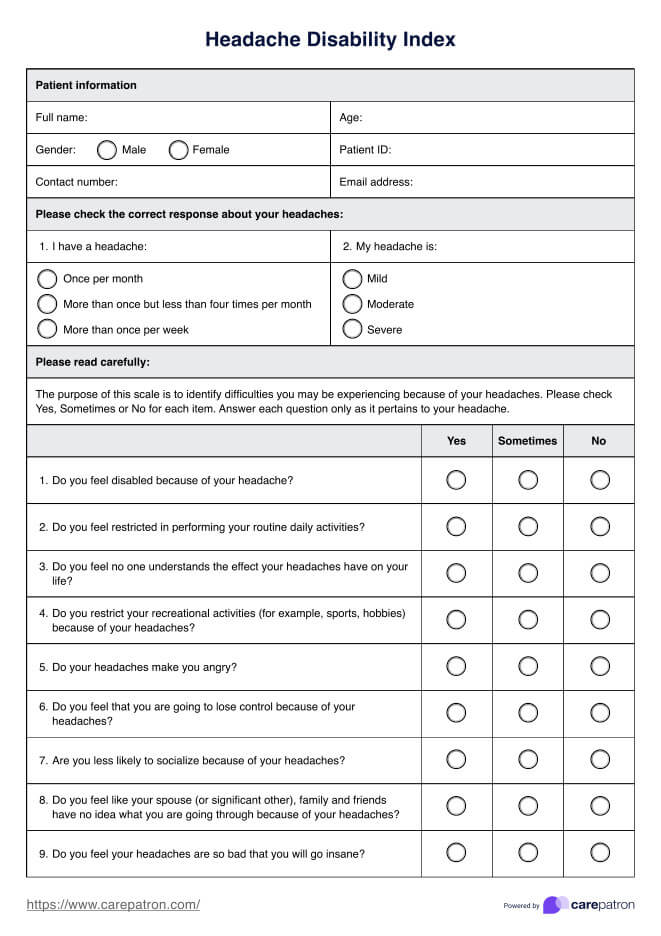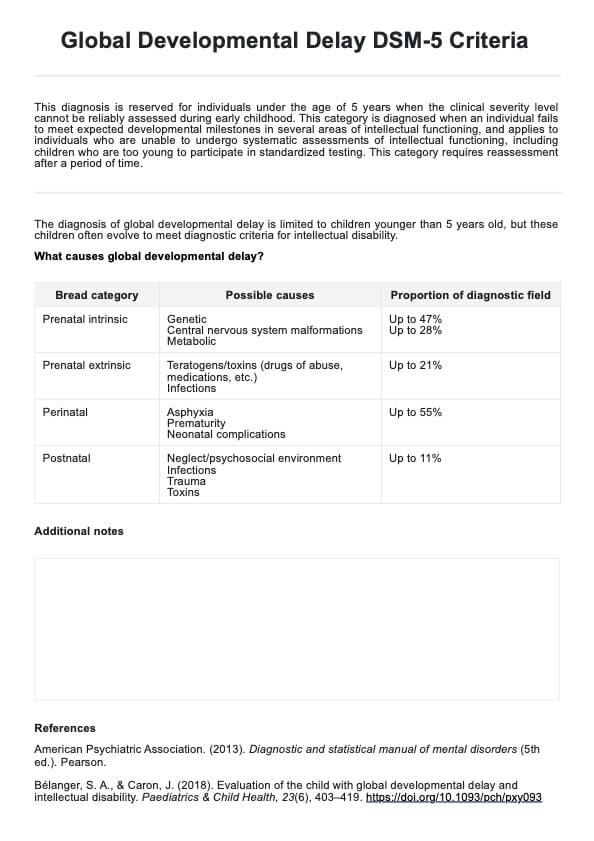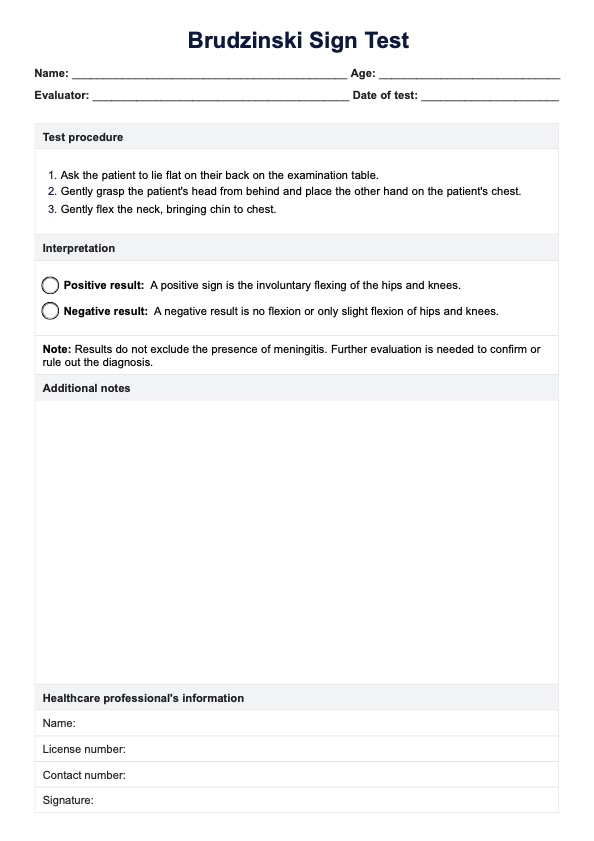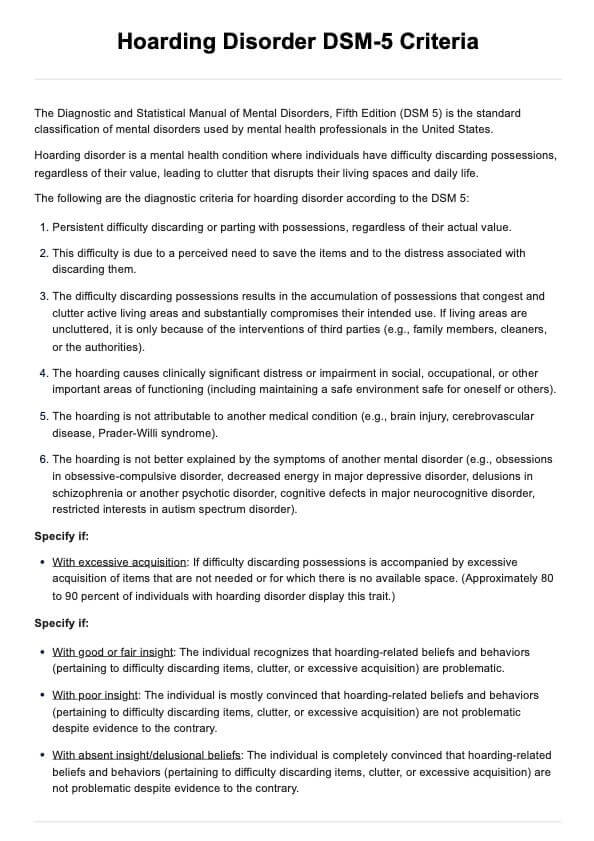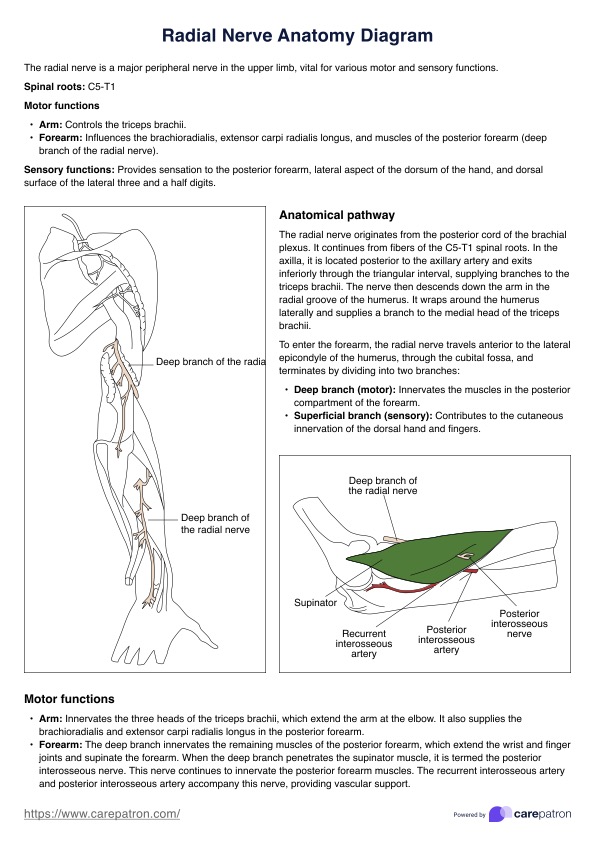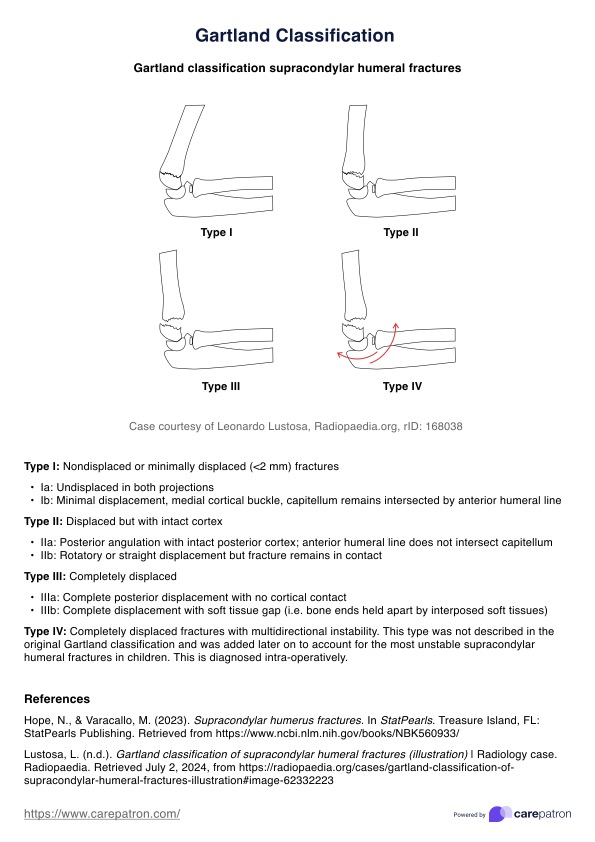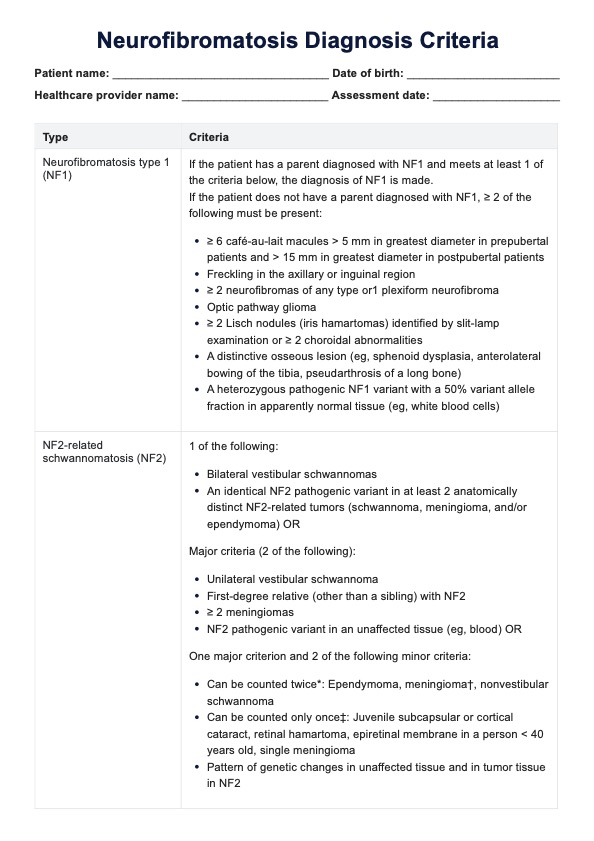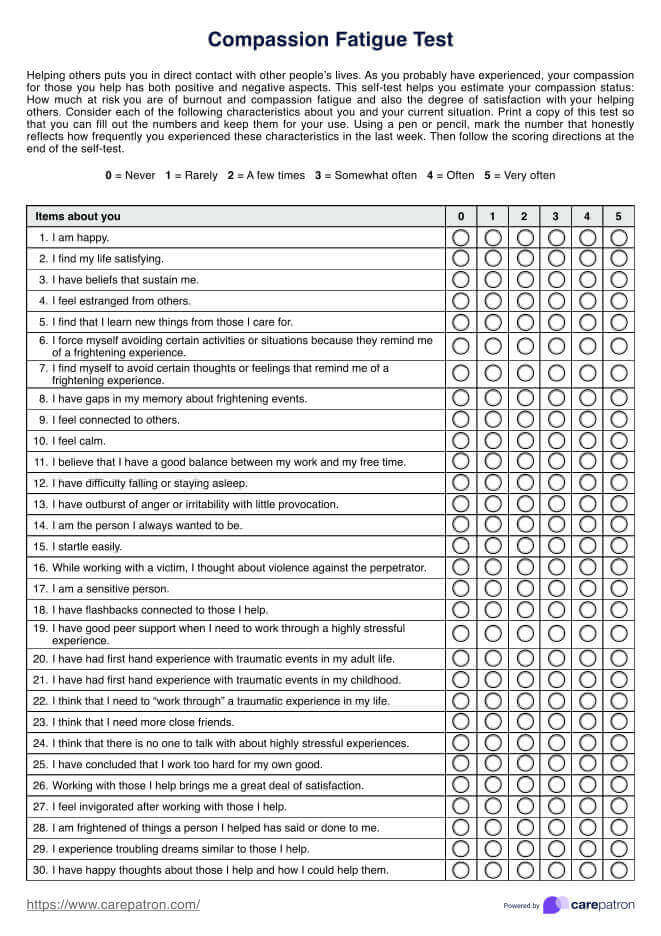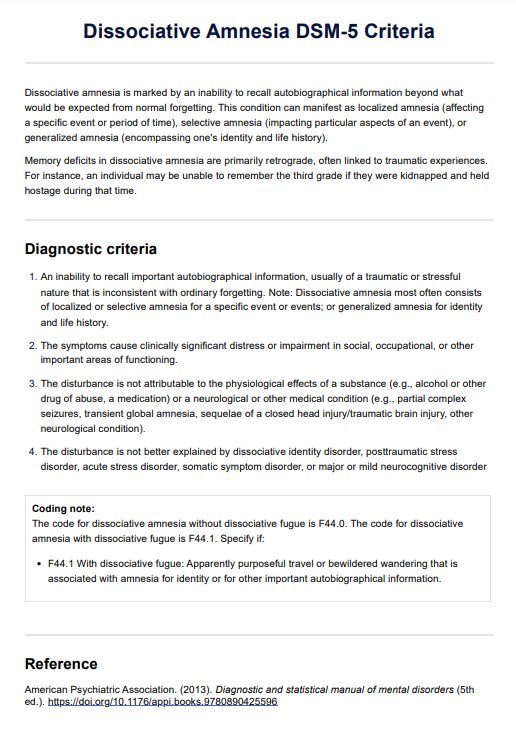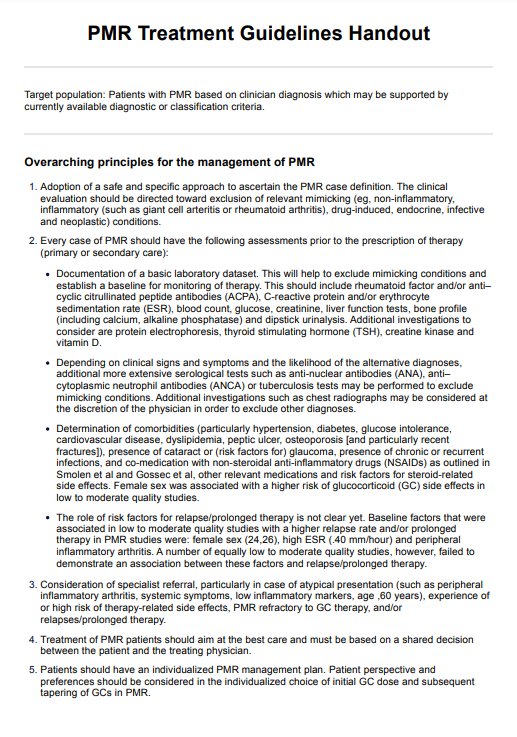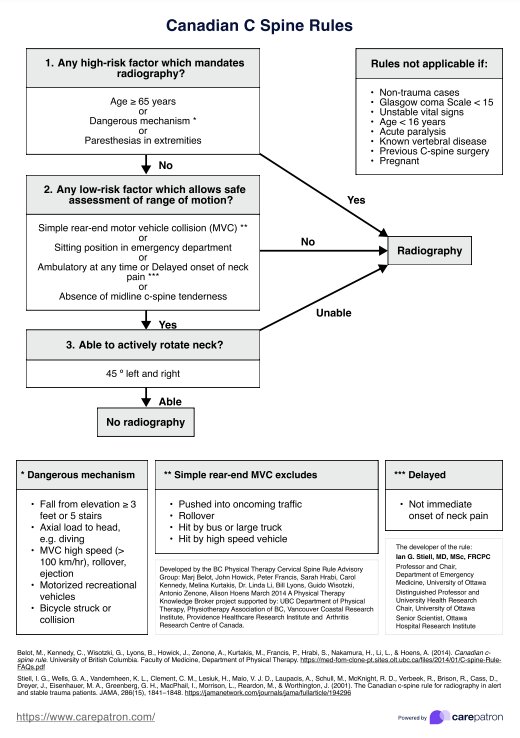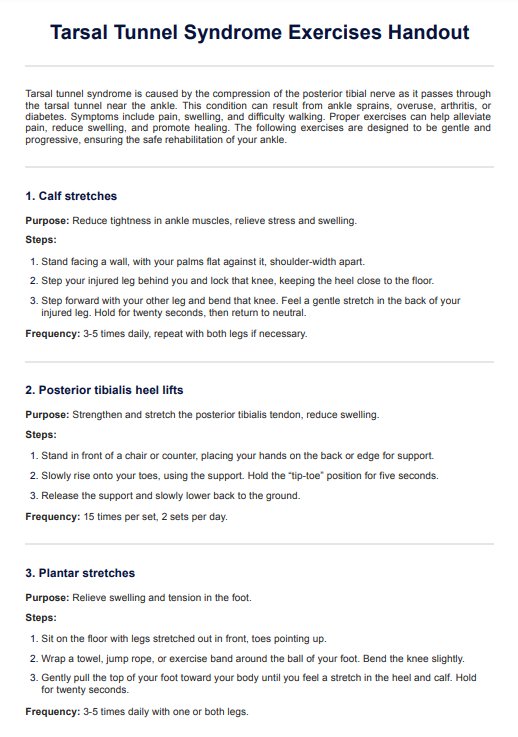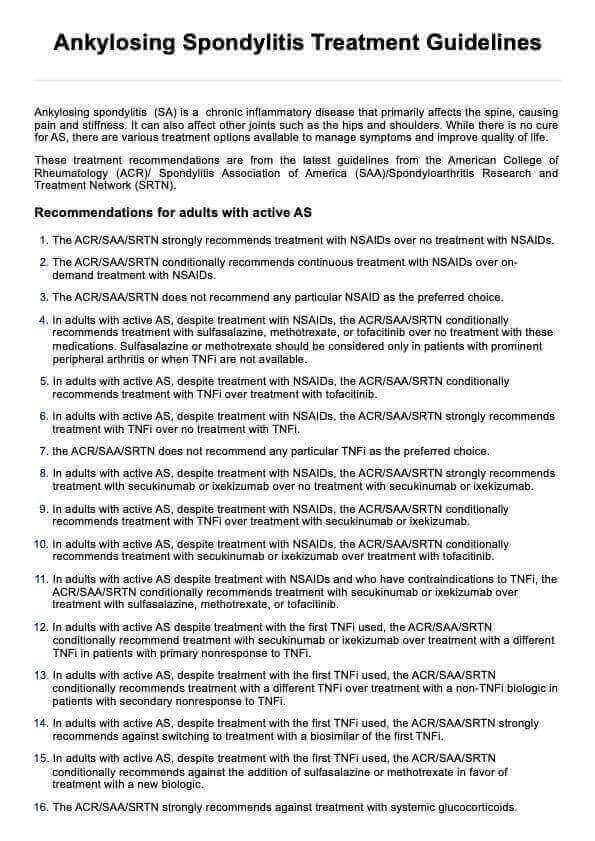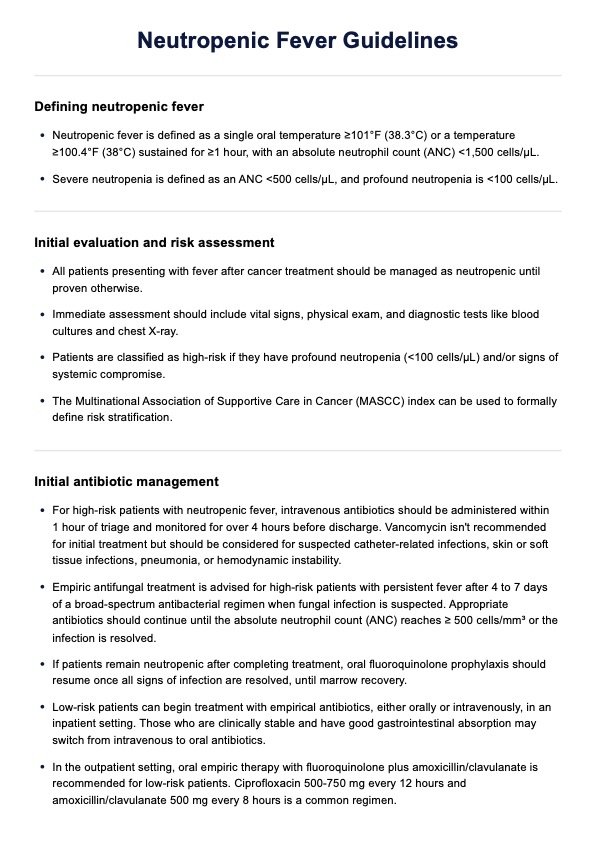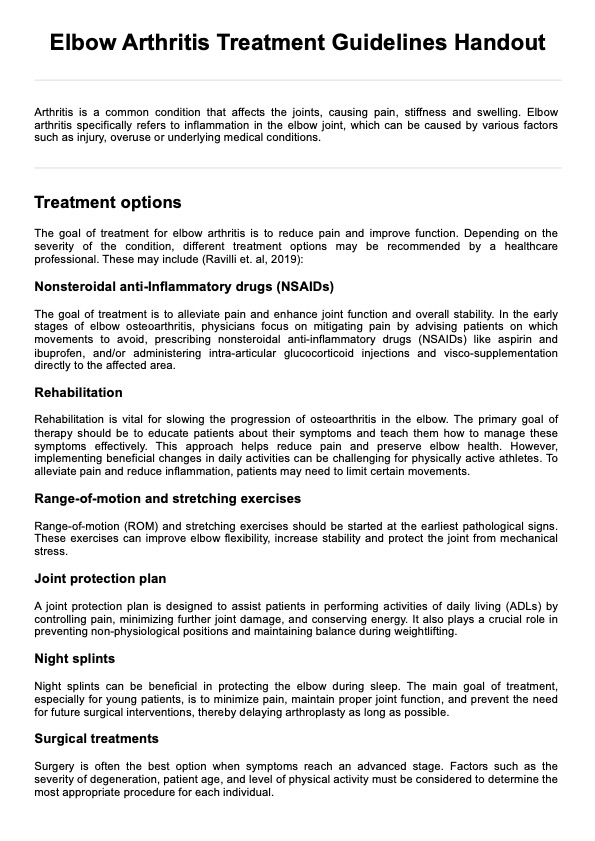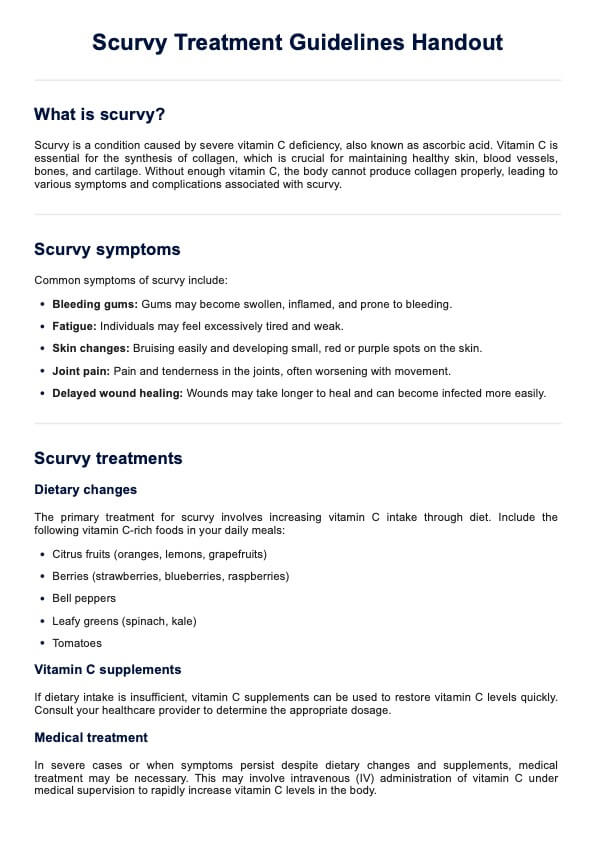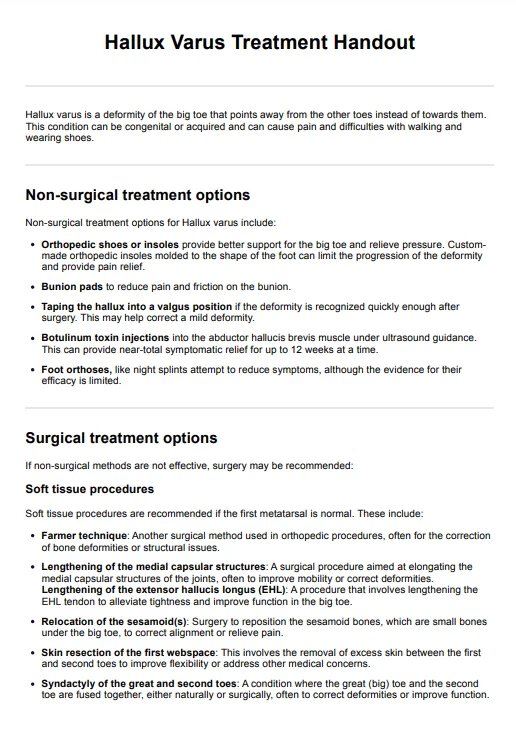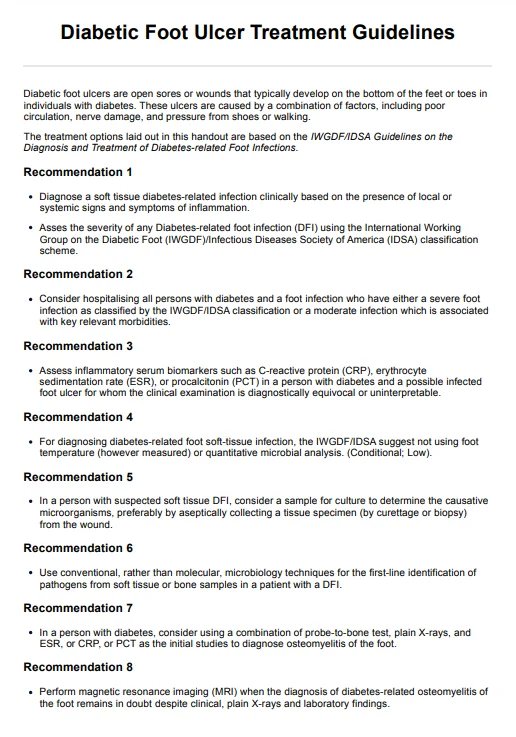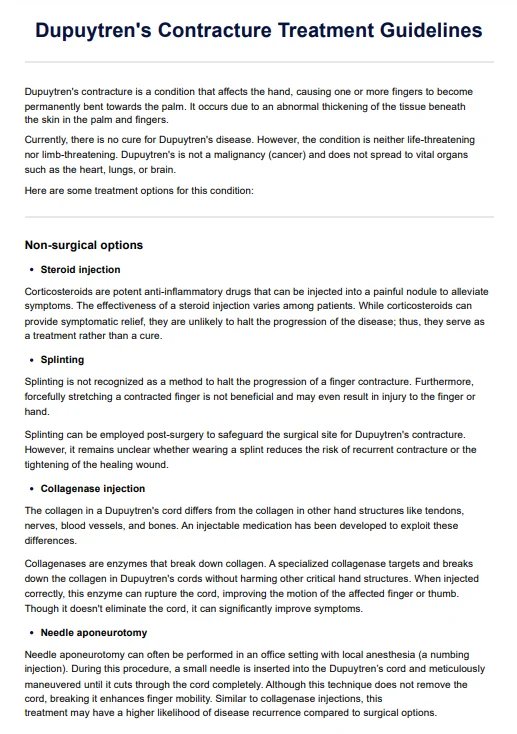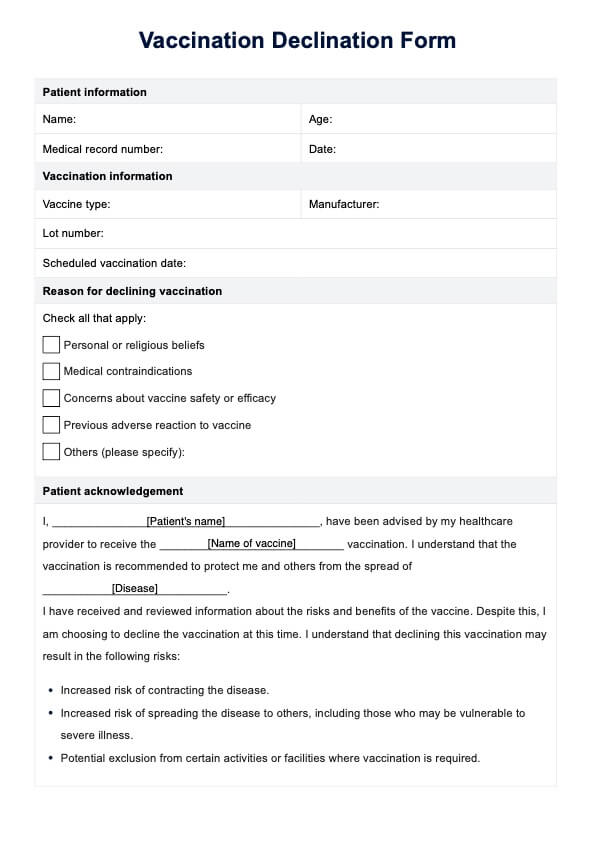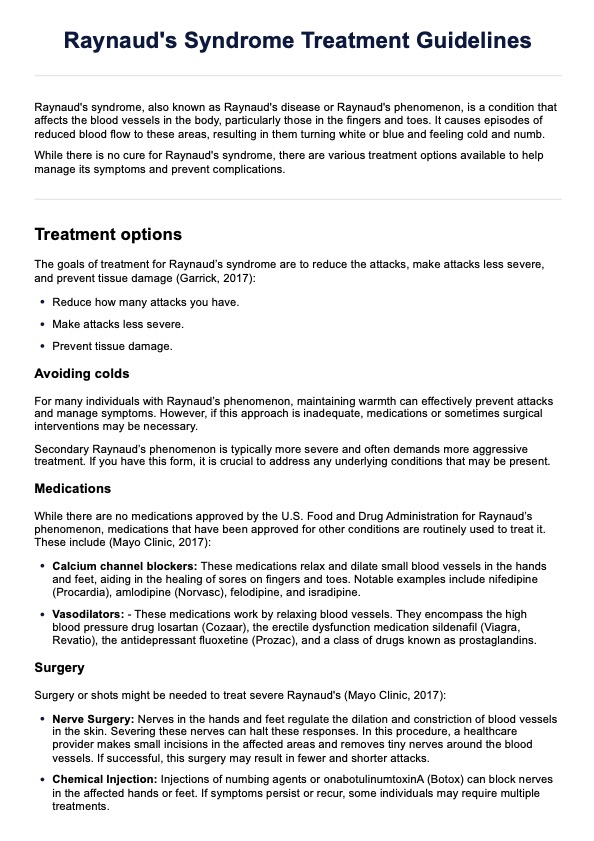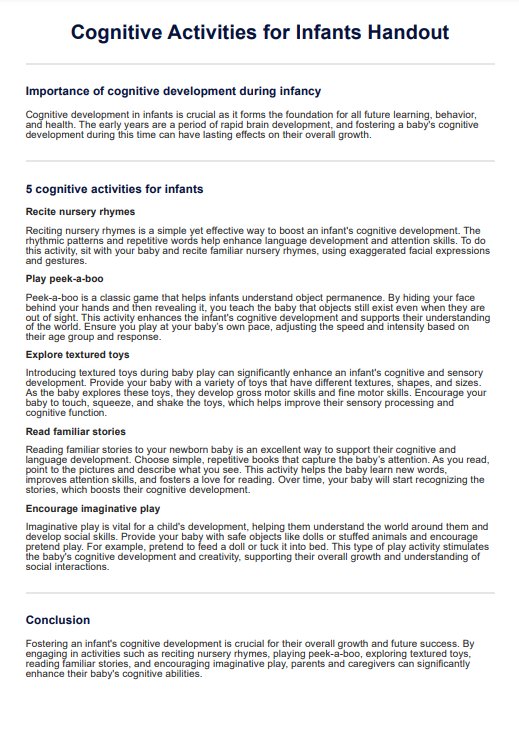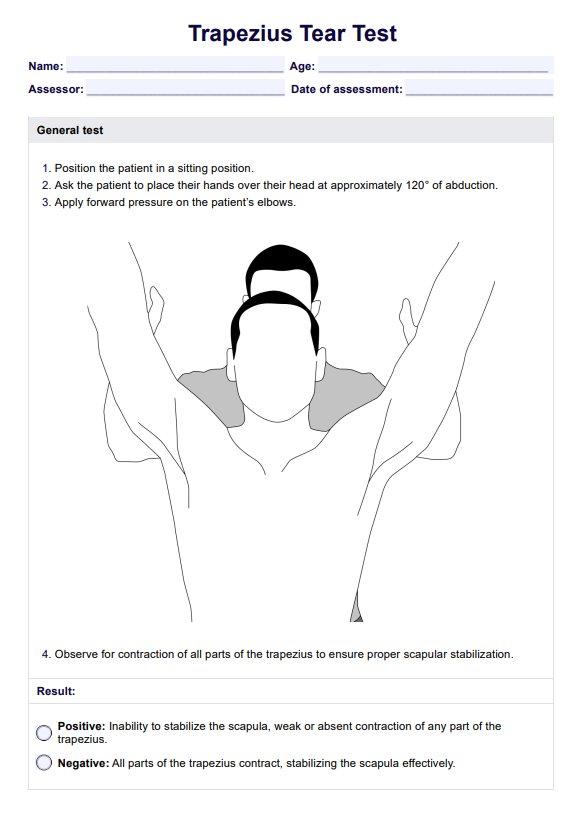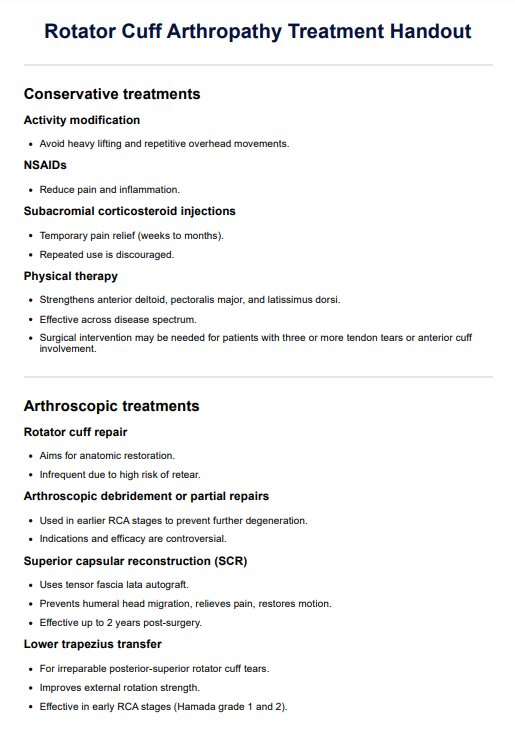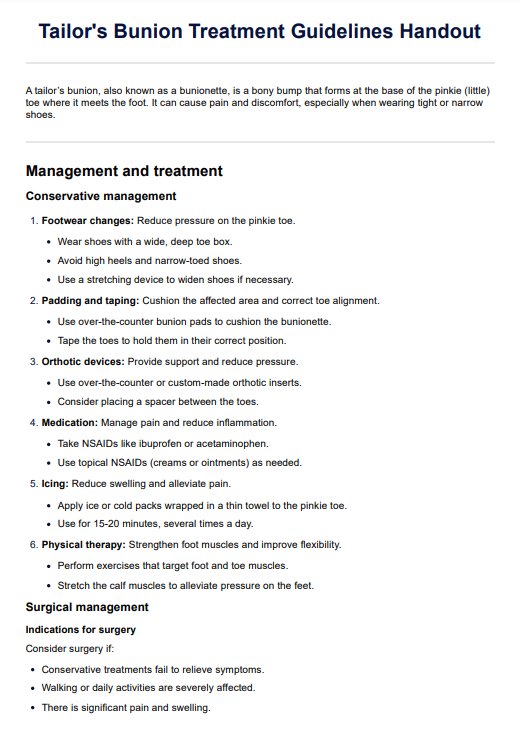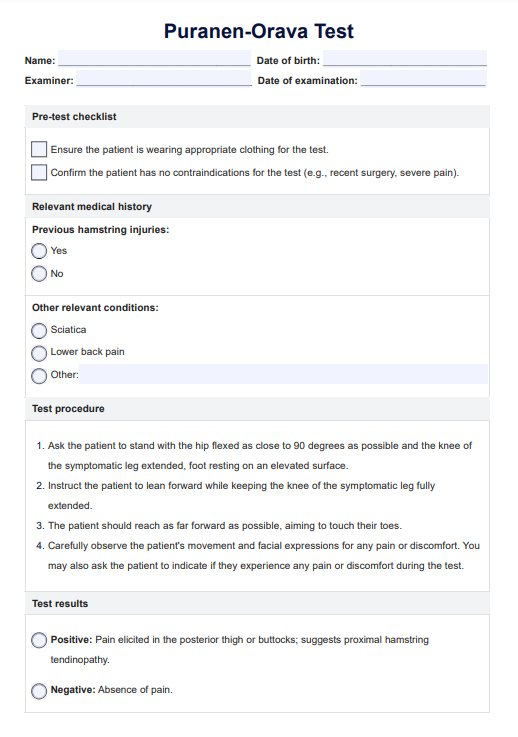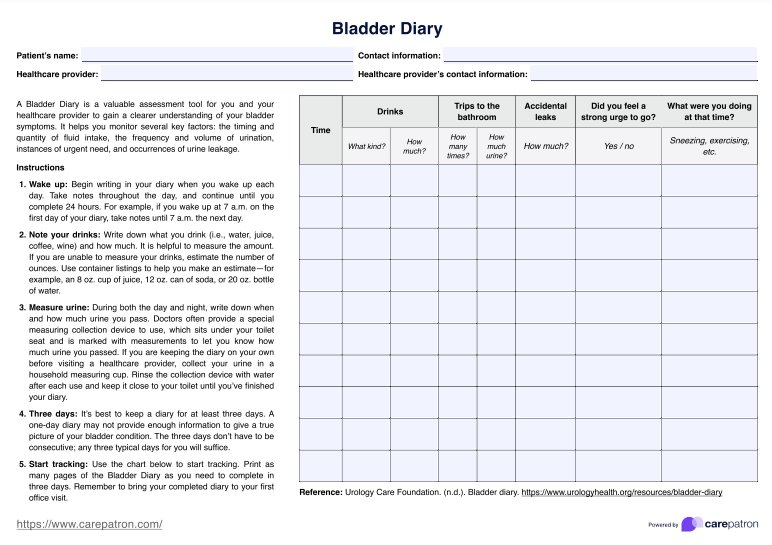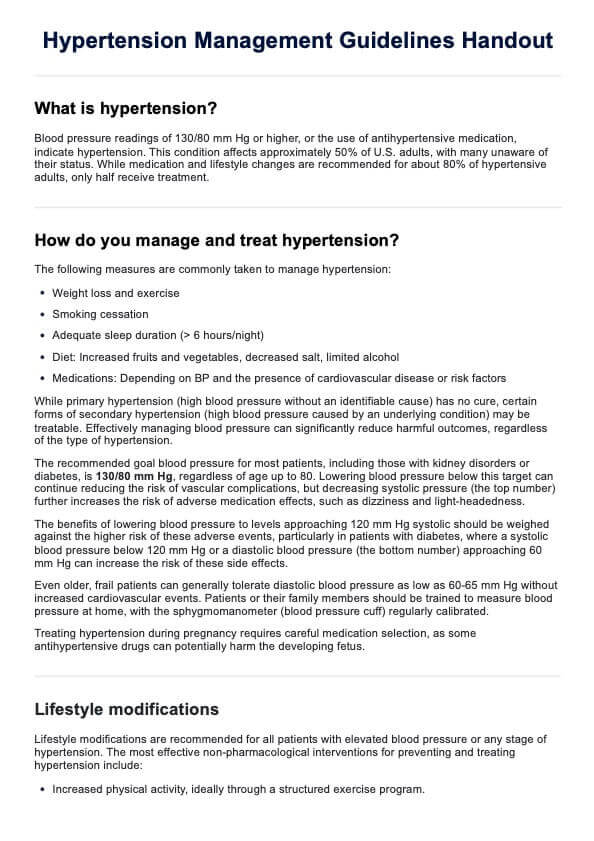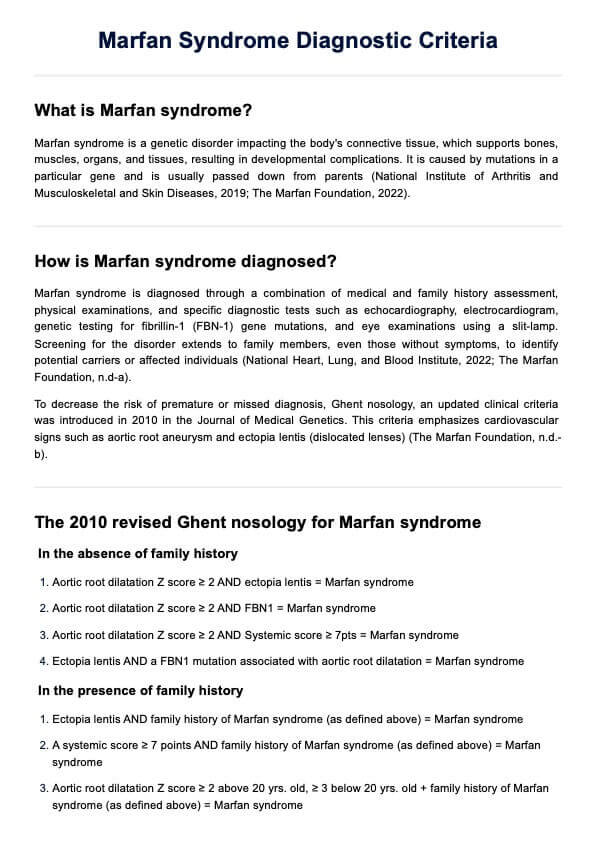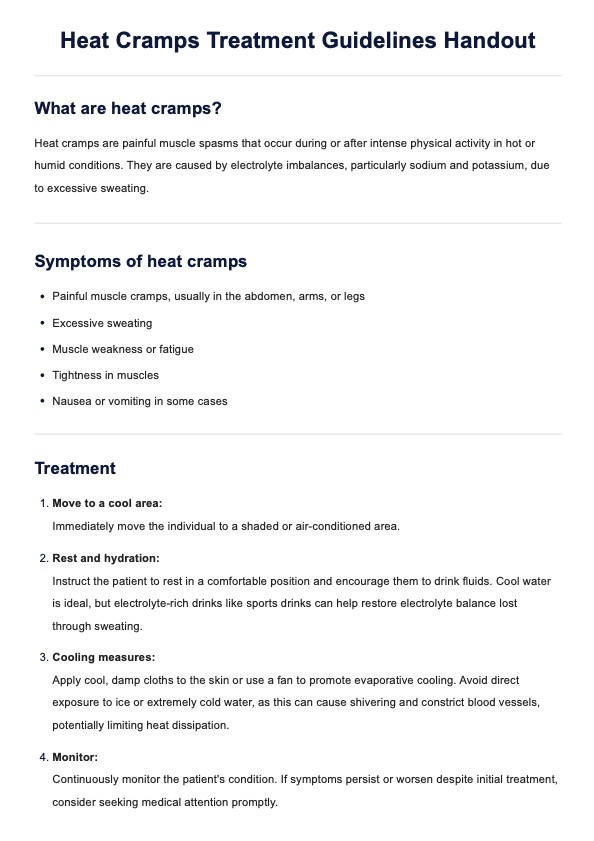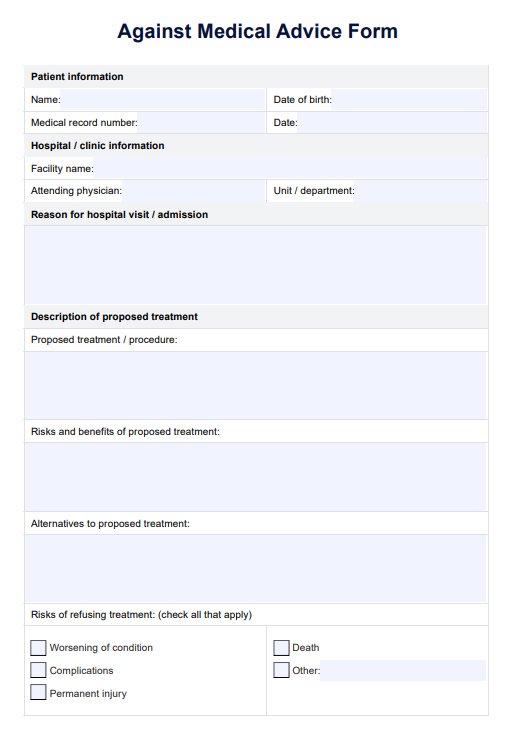C Section Nursing Care Plan
Download Carepatron's free PDF of a comprehensive C-section nursing care plan example and learn about effective nursing diagnoses for C-section patients.


What is a C-section?
A Cesarean birth section, commonly referred to as a C-section, is a surgical procedure performed to deliver a baby through an incision made in the mother's abdomen and uterus. This procedure is typically recommended when vaginal delivery poses risks to the health of the mother or baby, or when complications arise during labor. C-sections can be planned or performed as an emergency procedure.
During a C-section, the healthcare team carefully monitors the mother's vital signs, including blood pressure, to ensure her safety throughout the procedure. After making the surgical incision, the baby is carefully delivered, followed by the placenta. The surgical site is then meticulously closed, promoting optimal wound healing.
C-sections may be necessary due to various risk factors, such as breech presentation, placenta previa, or maternal health conditions. While C-sections are generally safe, they do carry some risks, including the potential for infection and complications related to anesthesia.
A nursing care plan and interventions play a crucial role in caring for mothers who undergo Cesarean births. Nurses assess the mother's pain level and administer prescribed pain medications to ensure her comfort. They monitor the surgical incision site for signs of infection and provide appropriate nurse interventions to minimize the risk of complications. Encouraging early ambulation helps promote healing and reduces the risk of blood clots.
C Section Nursing Care Plan Template
C Section Nursing Care Plan Example
How to use our C Section Nursing Care Plan template
Our C Section Nursing Care Plan template is a valuable tool for medical practitioners to streamline and organize the care provided to mothers undergoing Cesarean sections. Here's how to effectively utilize the template:
Step 1: Download the file
Click "Use Template" to utilize the C Section Nursing Care Plan via the Carepatron app. For a PDF copy, click "Download".
Step 2: Conduct an assessment
As with any nursing care plan, the first step is to conduct a thorough assessment of the patient. This includes performing both subjective and objective assessments, gathering medical history and relevant information from the patient and family, and conducting any necessary tests or screenings.
Step 3: Identify nursing diagnoses
Based on the assessment findings, identify the patient's nursing diagnoses. Some common nursing diagnoses for patients undergoing Cesarean sections include:
- Acute pain related to surgical incision and uterine involution
- Risk for infection related to surgical wound
- Impaired skin integrity related to surgical incision
- Risk for ineffective breastfeeding related to decreased milk production
It is important to prioritize these diagnoses based on the patient's current condition and potential risks.
Step 4: Establish goals and outcomes
Using the identified nursing diagnoses as a guide, establish measurable and achievable goals for the patient. These goals should be specific to the individual patient's needs and should have a timeline for evaluation.
Step 5: Plan interventions
It is important to plan appropriate nursing interventions based on the nursing diagnoses and established goals. These may include administering pain medication as prescribed, providing wound care while monitoring for signs of infection, and educating the patient on proper incision care and breastfeeding techniques. Additionally, encouraging ambulation and deep breathing exercises can significantly promote healing.
Step 6: Write rationale and evaluation
Provide a rationale for each nursing intervention and explain how it will benefit the patient. Establish a timeline for evaluating each intervention to ensure effectiveness and make necessary adjustments.
Common interventions for a C-section
Common interventions for a C-section are critical for ensuring the safety and recovery of both the mother and the baby. One key nursing intervention is to encourage early ambulation, as it helps promote blood circulation, reduce the risk of blood clots, and improve wound healing. Proper care of the surgical incision site is essential to lower the risk for infection. This includes monitoring for signs of postpartum infection and providing patient education on proper wound care at home.
Effective pain management is also crucial to aid in the mother's recovery, allowing for adequate rest periods, which are essential for timely wound healing. In addition to managing pain, healthcare providers will ensure that the patient understands how to care for her body and recognize signs of infection. Ensuring the patient takes appropriate medications, stays hydrated, and follows the guidance of her healthcare provider can further reduce complications, making these interventions vital for a smooth recovery.
How do nurses assess and diagnose a C Section?
Nurses play a vital role in the assessment and diagnosis of Cesarean sections, ensuring the well-being of both mother and baby throughout the childbirth process. The nursing process guides their approach, incorporating thorough evaluation and critical thinking to address each patient's unique needs.
Thorough assessment
Before and during a Cesarean section, nurses conduct a comprehensive assessment of the mother's health status, including medical history, vital signs, and fetal well-being. This assessment helps identify pre-existing conditions or risk factors that may impact the surgical procedure or postoperative recovery.
Monitoring vital signs
During the C-section procedure, nurses closely monitor the mother's vital signs, including blood pressure, heart rate, and oxygen saturation levels. This continuous monitoring ensures early detection of any complications or changes in the mother's condition, allowing for prompt intervention if necessary.
Physical assessment
Following the Cesarean delivery, nurses perform a physical assessment of both the mother and the newborn. This assessment includes evaluating the surgical incision site for signs of infection or complications, assessing uterine tone and vaginal bleeding, and ensuring proper positioning and attachment for breastfeeding.
Deep breathing exercises
Nurses encourage mothers to exercise deep breathing to promote lung expansion, improve oxygenation, and prevent respiratory complications following anesthesia. These exercises also help alleviate anxiety and enhance relaxation during the postoperative period.
Next steps
After the initial assessment and diagnosis, nurses collaborate with the healthcare team to develop and implement a comprehensive care plan for the mother and baby. This plan may include ongoing monitoring, pain management strategies, breastfeeding support, and postoperative care and recovery education.
Benefits of having a comprehensive care plan
A comprehensive C Section Nursing Care Plan is essential for supporting pregnant women undergoing this surgical procedure. It provides a structured approach to care, ensuring that healthcare professionals address every aspect of the patient’s recovery, from pain management to preventing complications like deep vein thrombosis and urinary tract infections. By promoting blood flow through early mobility and monitoring the incision site, the plan helps reduce the risk of surgical site infections and aids in the healing process.
For patients undergoing a cesarean birth, a care plan outlines appropriate preoperative medications and post-op strategies, ensuring pain relief and minimizing the risk of inadequate pain control. This plan also includes guidelines to monitor vital signs regularly and detect any early signs of complications, allowing patients to seek medical attention if needed.
In comparison to vaginal birth, a C-section involves more complex surgical intervention, making it crucial to follow a clear care plan to achieve the expected outcomes and smooth recovery.
Commonly asked questions
Common nursing diagnoses for C-section include "Risk for Infection related to surgical incisions" and "Impaired Mobility related to abdominal surgery.
Nursing care after C-section involves monitoring vital signs, managing pain, promoting early ambulation, assessing surgical incisions, and providing emotional support.
Nursing diagnoses for postpartum may include "Risk for ineffective breastfeeding related to inadequate latch" and "Risk for postpartum depression related to hormonal changes and stress.


